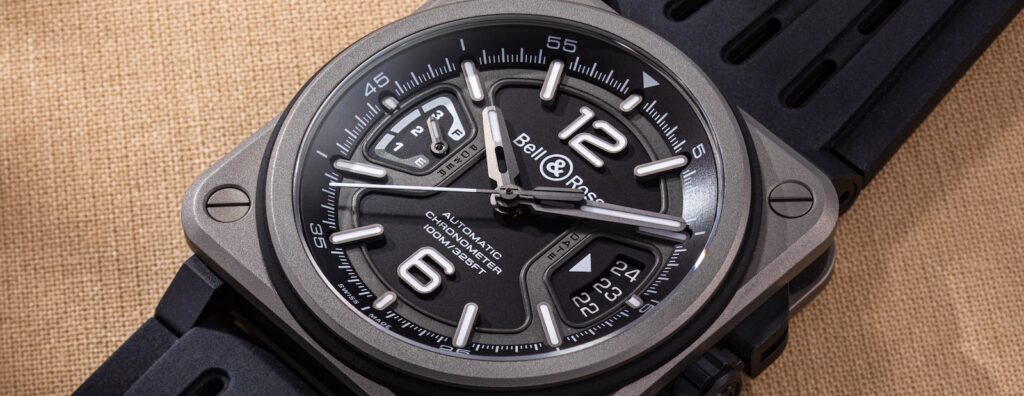News

Limited Edition
Spirit Laid Bare – Czapek × Revolution Antarctique Révélation Spectrum
Sep 24, 2025

Limited Edition
Spirit Laid Bare – Czapek × Revolution Antarctique Révélation Spectrum

News
Let There Be Light: Gagà Laboratorio’s Labormatic “Luce”
Sep 23, 2025

News
Let There Be Light: Gagà Laboratorio’s Labormatic “Luce”

News
Micromilspec Pilot Worldtimer: The Brand’s World Traveler
Sep 19, 2025

News
Micromilspec Pilot Worldtimer: The Brand’s World Traveler

News
Bell & Ross Introduces the BR-X3 Collection
Sep 18, 2025

News
Bell & Ross Introduces the BR-X3 Collection

News
Monaco Legend Group arrives in Asia with landmark Hong Kong exhibition
Sep 16, 2025

News
Monaco Legend Group arrives in Asia with landmark Hong Kong exhibition

News
Vacheron Constantin 270th anniversary: Métiers d’Art Tribute to the Quest of Time
Sep 16, 2025

News
Vacheron Constantin 270th anniversary: Métiers d’Art Tribute to the Quest of Time

News
Vacheron Constantin’s La Quête du Temps: A Mechanical Odyssey
Sep 16, 2025

News
Vacheron Constantin’s La Quête du Temps: A Mechanical Odyssey

News
The Panerai Luminor Marina Militare PAM05218 Pays Tribute to an Iconic 1993 Model
Sep 15, 2025

News
The Panerai Luminor Marina Militare PAM05218 Pays Tribute to an Iconic 1993 Model

News
Bangkok Is Hosting Southeast Asia’s First Global Watch Showcase This September
Sep 13, 2025

News
Bangkok Is Hosting Southeast Asia’s First Global Watch Showcase This September

News
Breguet Marks 250 Years with the Marine Hora Mundi 5555
Sep 12, 2025

News
Breguet Marks 250 Years with the Marine Hora Mundi 5555

Interviews
The Enduring Legacy Of Gérald Genta And The Ingenuity Behind His Credor Locomotive, As Told By Evelyne Genta
Sep 11, 2025

Interviews
The Enduring Legacy Of Gérald Genta And The Ingenuity Behind His Credor Locomotive, As Told By Evelyne Genta

News
Gagà Laboratorio Labormatic Azzurro & Champagne: A New Chapter In Watch Design
Sep 11, 2025

News
Gagà Laboratorio Labormatic Azzurro & Champagne: A New Chapter In Watch Design
Posts pagination

REVOLUTION MAGAZINE SUBSCRIPTION
Shop Magazine


